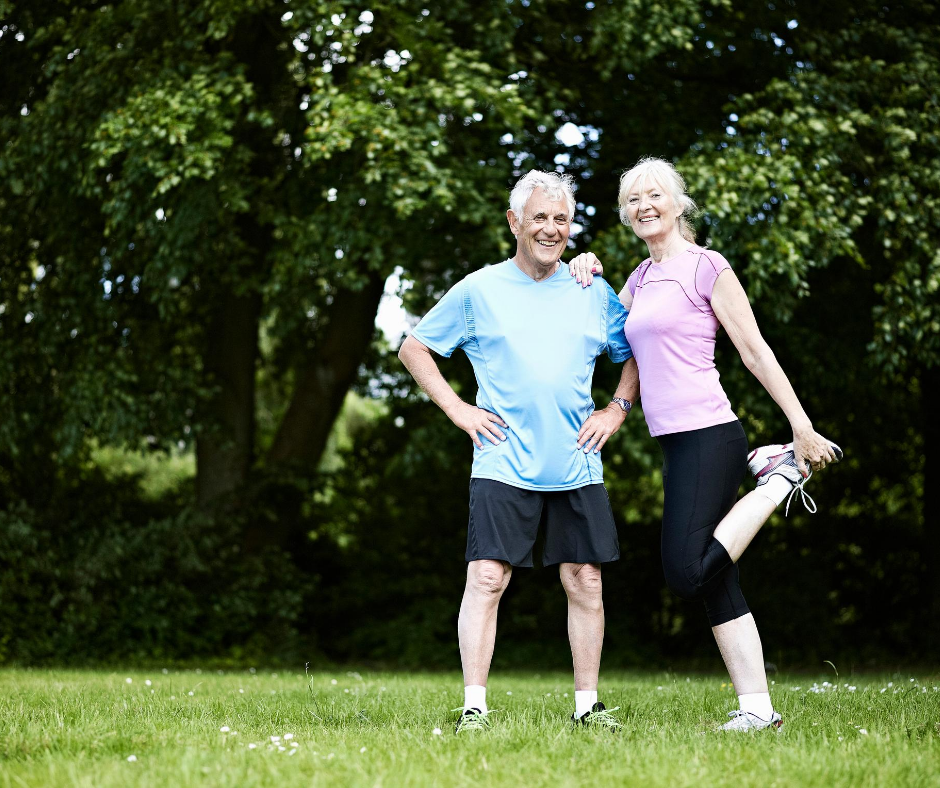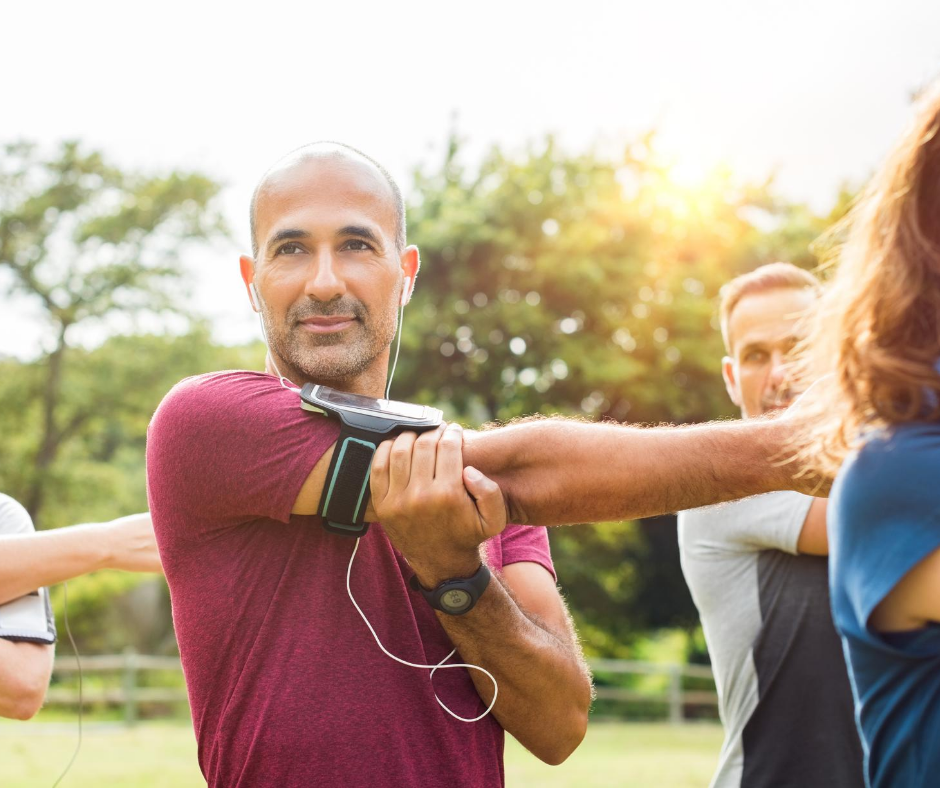When you were a kid, you did all sorts of activities that challenged you balance and proprioception without even thinking about it. You ran forward, sometimes backward, hopping or spinning in a circle until you were dizzy. All these things trained your brain how to react, balance and stabilize itself.
As we get older, we stop playing or we don’t move in as many directions and this can cause a decrease in your ability to do movement patterns that need neurological fitness as well as strength. Learning new skills like double unders, box jumps, running or handstands can seem daunting and take an endless amount of time.
Optimal dynamic balance happens when your visual (eyes), vestibular (inner ear), and kinesthetic (skin) provide the proper feedback to the central nervous system (CNS), which enable your body to activate the muscles when and how they need to.
Reasons to Incorporate Dynamic Balance Training:
1. IMPROVE STRENGTH-this is an effective way to strengthen hips, gluts, abdominals and back muscles. It can also improve awareness of a neutral spine and braced position.
2. IMPROVE COORDINATION AND REACTION TIME- Dynamic balance should be a reflexive response and can greatly reduce the risk of the accidental fall.
3. IMPROVE RUNNING- the gait cycle whether walking or running requires the body to maintain control over your center of gravity as you transition from one leg to the other with opposing arm swing.
Here are some examples of dynamic balance activities that can be easily incorporated as accessory movements or part of your warmup.
- WALKING LUNGES, FORWARD AND BACKWARD
- BROAD JUMPS
- SIDE SHUFFLES
- AGILITY LADDER
- SINGLE LEG OBJECT PICKUP
- ODD OBJECT OVERHEAD CARRY
- LATERAL STEPUPS
- DIFFERENT JUMP ROPE PATTERNS
- SINGLE LEG BALL TOSSFOAM BALANCE
Adding balance exercises to your workout routine will enhance your ability to perform your favorite activities and also add variety to your warmups. You can also do these at home if you can’t make the gym. Try adding a few exercises 2 or 3 times a week. Get creative and see the improvements. Have fun!
By Nancy Shapiro, L1 CrossFit Coach, Masters Athlete


